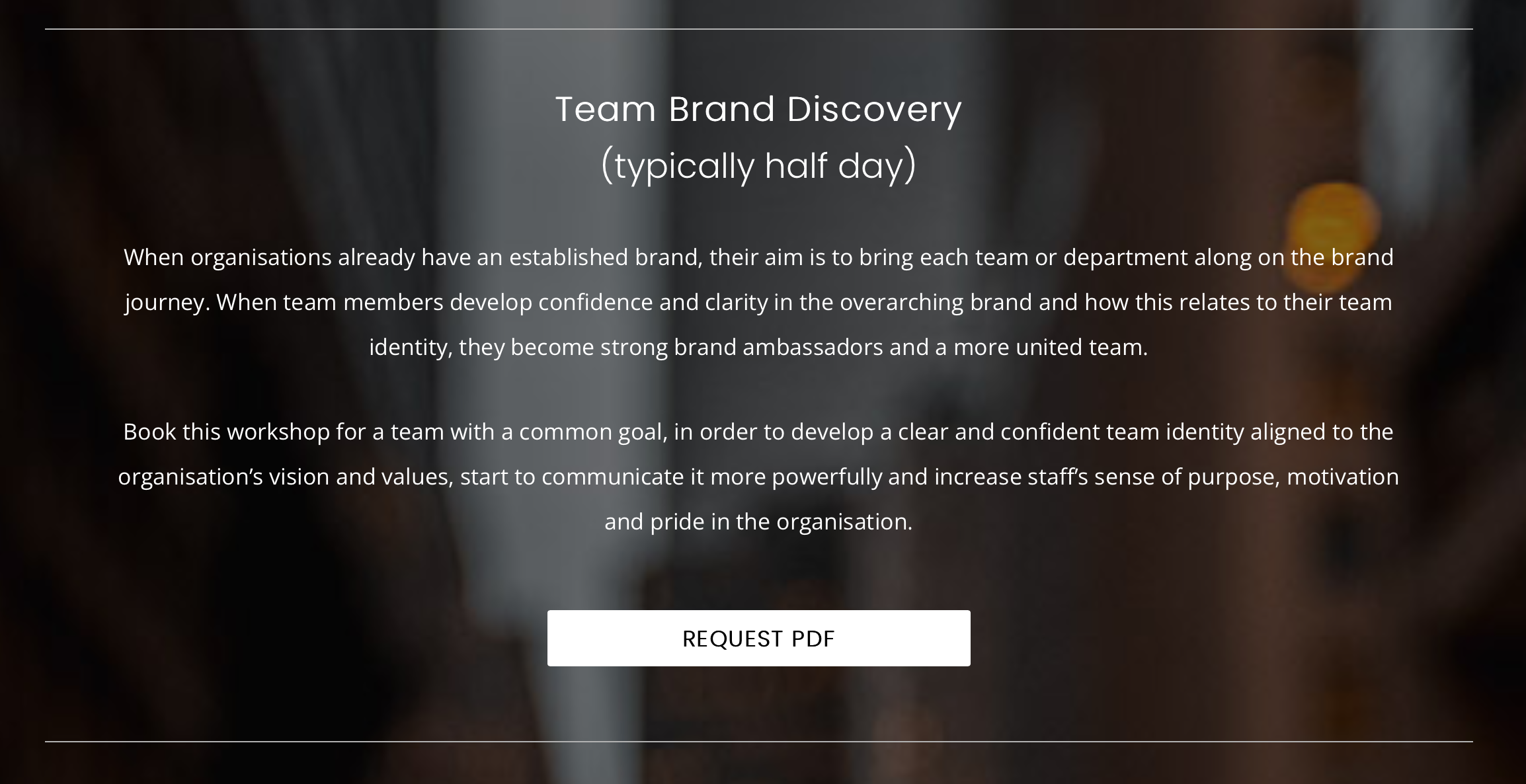Getting buy-in from leaders & team members on personal branding
You want to crack on and do the work with your team… but first, you need their commitment.
In this series, we have covered:
- Why a strong Personal Branding focus moves teams forward in leaps and bounds
- How to develop the Personal Brands of your team members for impact
And now, in the final piece in this edition:
- How to get buy-in from leaders and team members on Personal Branding
While the personal brand strategic advisory you choose to work with will certainly be able to help you achieve buy-in for this important work with your leadership and wider team, there may be circumstances where you need to make the case first, be a champion for the cause, or help bring people along for the journey. Here are some considerations we look at when achieving an understanding with stakeholders about why this work matters.
Look at it from their perspective: The decision-makers
A business leader or a manager in charge of the purse strings looks for proof of concept, so preparing yourself by reading the best on the topic – trends, facts, examples of where it’s worked – is going to be important. Presenting a relevant case study or client testimonials from providers you are considering using or from another business that has undertaken a personal brand development strategy will be helpful.
One of a leader’s primary concerns is the organisation’s strategy and each team’s ability to set and achieve goals to get there. Understanding what’s most pressing at your organisation, and what will most move the needle, matters when bringing a new approach. Be prepared to make clear links to the organisation’s goals, brand and culture when proposing the personal branding strategy. Again, reading and researching can help you with this.
A lawyer, accountant, board director or other professional used to working from a ‘risk’ perspective will need to clearly understand the costs and other risks involved and understand how to mitigate these. Start with a trustworthy assessment tool or process to understand gaps. For example, we have developed simple but revealing tools to ask, ‘Where do your team members sit on the Trust Map?’ and ‘Where does your team rate on the Brand Confidence Scale?’ Use expert advice at the assessment, analysis and strategy-building stage, at a minimum, to set yourself up for success, avoid mistakes and ensure ROI.
Look at it from their perspective: The participants
Just the concept of personal branding can be scary for people – the ‘personal’ bit makes them wonder what they will have to expose to others, what they will have to put ‘out there’! For many, the term comes with negative connotations – all the overly self-promotional, inauthentic, shouty stuff they’ve seen on social media that they’ll do anything to avoid. For most, it requires stepping at least a little bit outside of their comfort zone, even if they deeply want to work on this area of their development.
Confidence and enthusiasm come from understanding why it matters, the difference it will make to them personally, and what’s involved.
We always start our stakeholder engagement with the ‘WIIFM’ or ‘What’s In It For Me?’ Everyone cares about how they are seen and how they see themselves! Everyone wants to feel part of a team that matters, bringing a valuable contribution. And everyone wants to be recognised for this value. We use tools like our ‘Do you know your personal brand?’ quiz to create awareness that your personal brand is out there, whether you’ve planned it or not! You may also like to refer to 360s and other assessments, or create a voluntary feedback process to answer the question, ‘How do I come across to others?’
People want to know what to expect, so outlining a high-level process of best practice that you plan to use for your strategy, and seeking input, is helpful here. You should work to reassure people when they wonder about ‘What will change?’ and ‘What does this mean for me?’ Providing some FAQs on personal branding like the ones we provide on our website is one very efficient and effective way to start to break down misconceptions and build confidence and enthusiasm for the process. Always make sure there are open lines of communication, and invite people right from the start to reach out with concerns or questions, ensuring they feel safe to do so.

